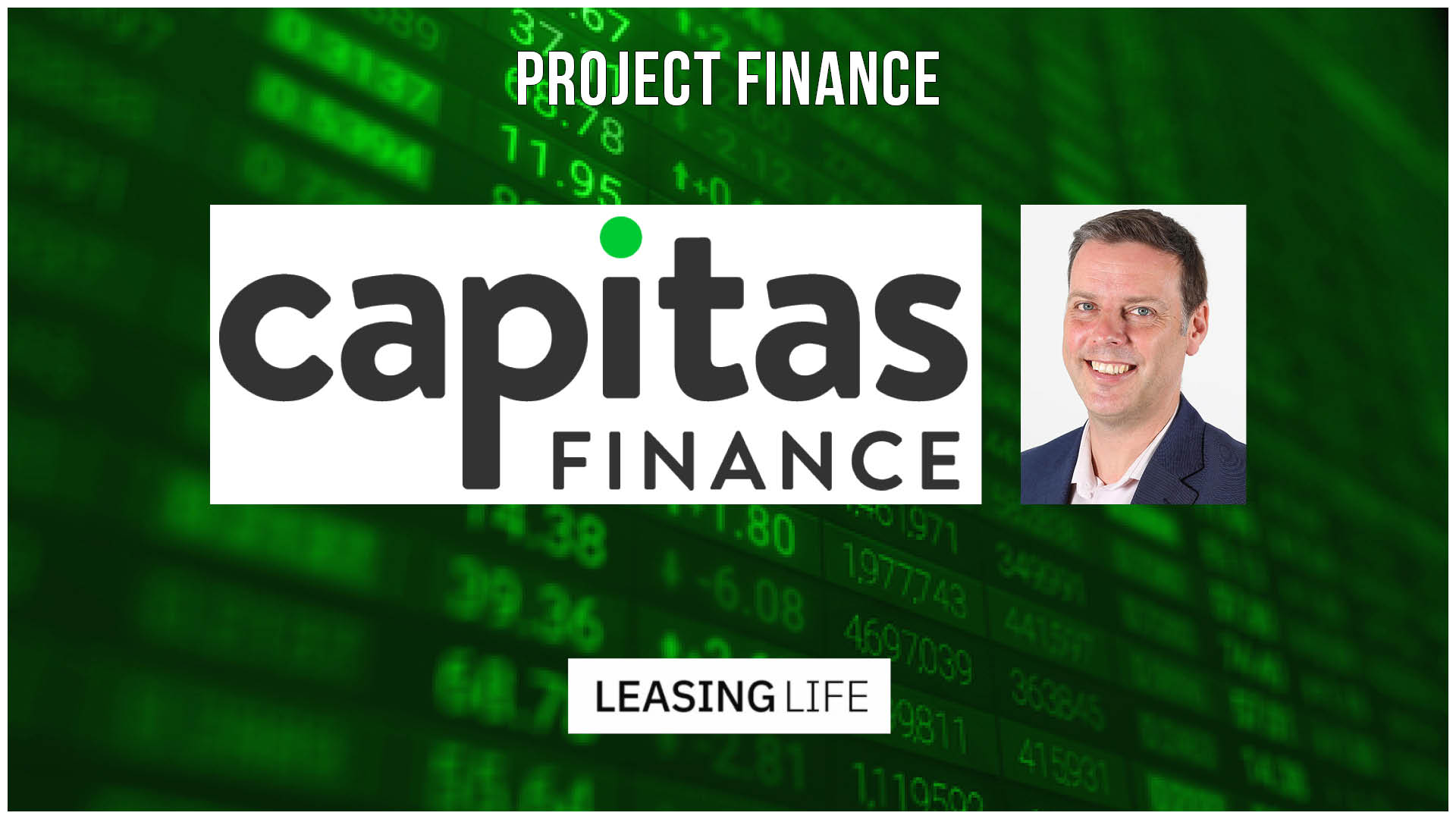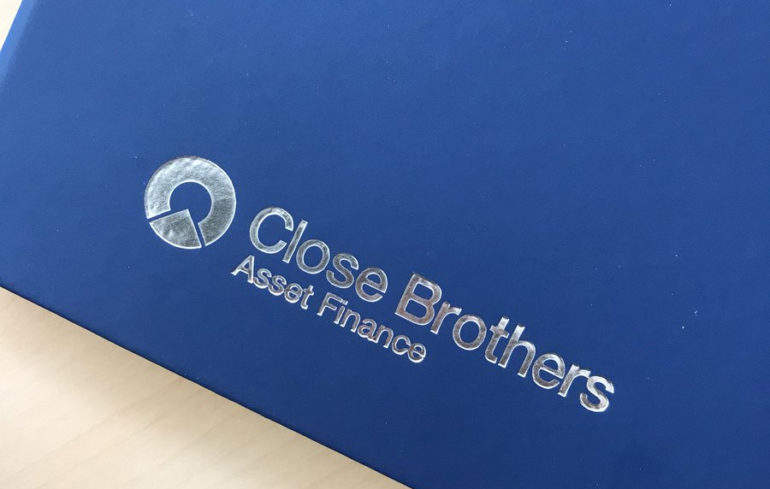
The UK recently enshrined a new target in law to slash emissions by 78 per cent by 2035. Bold leadership, difficult choices, and business buy-in will be crucial to meeting such goals. Hannah Wright spoke to Capitas Finance CEO Darren Riva on the firm’s role in bridging the green gap between project finance and asset finance.
Q: Could you tell me a little bit about Capitas Finance?
Capitas Finance has been around for about 17 years. It began as an IT service finance business, but it also did high-end cars. The business secured some investment about five years ago, with the intention to move into the energy sector. I joined the firm two and a half years ago to speed that process up and drive that transition forward.
Q: What is your background in the energy sector?
I was at Siemens Financial Services for 16 years and during my last six years there, I headed up the energy finance business for them. That began as a partnership between Siemens and the Carbon Trust back in 2010, and then we grew beyond that, working on a lot of renewables. My next job was at Thorn Lighting, where I helped to build up the service business. Finally, I joined Capitas, where almost all our new business (around 85 per cent) is energy projects.
Q: What do those energy projects typically look like?
The energy sector has historically been split into two parts – energy efficiency and renewable energy generation. Energy efficiency centres on the technologies which reduce energy spend and usage, such as replacing a light fitting with LED lighting.
On the other hand, renewables generate power, or heat in the case of biomass. That power, generated on-site, should be cleaner than taking energy from the grid. Biomass is a slightly trickier case as it requires wood, and so you have to ensure that wood is sustainable.
Q: How do the financing arrangements differ from those in project finance?
In asset finance, you have underwriters that look at the company and take a view on it. You would then lend based on the credit risk. It’s well established, generally smaller ticket and quite easy to process. Most of the time, the assets are not worth anything, so your main risk is looking at what the credit covenant is of the end customer.
How well do you really know your competitors?
Access the most comprehensive Company Profiles on the market, powered by GlobalData. Save hours of research. Gain competitive edge.

Thank you!
Your download email will arrive shortly
Not ready to buy yet? Download a free sample
We are confident about the unique quality of our Company Profiles. However, we want you to make the most beneficial decision for your business, so we offer a free sample that you can download by submitting the below form
By GlobalDataHowever, when you look at renewable projects, you’re looking more at project finance. Projects, such as offshore wind farms or solar panel farms, are typically facilitated using a special purpose vehicle (SPV) which has been set up exclusively to run that project.
The company you look at is a shell company, there is nothing in it and it has had no trading, so you have to go off future cash flows for those projects. For example, over the next 20 years, how much does it cost to install and operate a wind turbine and how much will it generate each year? You must make sure that it generates more than it costs.
Projects often require a chunk of equity, as the lender wants to see that there is some skin in the game, as far as the developer is concerned. However, the project needs a significant level of due diligence, so project finance is not typically available for projects less than £50m. There is also often a long build phase, which needs to be financed before it’s even in operation.
Q: So where does Capitas come in?
We straddle the space between asset finance and project finance. That is, we try to provide a solution that enables project finance at a much smaller ticket, around half a million [pounds] upwards.
Without us, those projects would not happen. I know what the key requirements are for funders in asset finance, and how to ensure those requirements are delivered upon. Equally, ensuring we get what we require – borrowing that covers the installation and maintenance of the project. I know that once a project is generating, it will cover the service.
It is our understanding of the energy sector and our deep domain expertise that makes us unique. We can help to mitigate some of the risk that funders would ordinarily face, and which may in fact deter them. Lots of the technologies we work with are still perceived as new, and they aren’t as heavily financed in this way, so funders and banks want to understand what those risks are and how you can mitigate them. We can do that, plus we operate our own sites as well.
There is a lot of pressure for banks to be investing their money into green technology, and they are all keen to do it. However, there is a big gap between the standard underwriting process that they’re used to and the process required to fund slightly riskier projects in the energy world. They need to be able to qualify what the performance risk looks like.
Q: Has Capitas completed any projects recently that you can tell us about?
In February 2021, Capitas announced further investment in the anaerobic digestion infrastructure at Northwick Estate [an arable farm in Gloucestershire], enabling a CO2 saving of 26,000 tonnes.
The Northwick Estate group processes more than 200,000 tonnes of food waste per annum via its anaerobic digestion plants, using waste food from local commercial and industrial businesses as feedstock to produce biogas, which is then used to generate green electricity.
Northwick Estate were able to upgrade their production capacity of solid packaged food processed per week to generate significant annualised savings. Each tonne of food waste recycled by anaerobic digestion as an alternative to landfill prevents between 0.5 and 1.0 tonne of CO2 re-entering the Earth’s atmosphere, meaning the project could also save in excess of 26,000 tonnes of CO2 each year.
Capitas were able to implement solutions to facilitate payments to the customer’s preferred suppliers, based outside of the UK mainland, and structure the repayments in a way that makes the project cash generative for Northwick Estate from the outset.
Q: What are the main challenges for Capitas?
The main challenge is the market. On the supplier side, there has been a distinct lack of consolidation. There are still many small players. They are very good technical companies and salespeople but as strong in positioning themselves commercially, towards what the customer wants.
For example, at my previous company Thorn, we sold LED. It’s not a new technology and there is a clear massive cost and carbon saving in replacing lighting with LED. We had 170 salespeople across Northern Europe, and they all sold based on how good the quality of light was in a specific area when they were quoting a customer. They never talked about the energy or carbon savings to a finance director.
They would talk to an estate manager that had £100k to spend for the year, and they would outline which parts of the buildings they could cater for, rather than saying I can do all sites you’ve got, let’s put a contract together.
Practically all of our projects pay for themselves on day one, so the energy savings and maintenance savings are greater than the rentals that they are paying. The market is very immature in that way. It is starting to move, but it’s still a very niche and technical sales market.
Getting other funders to understand some of the risks is also a challenge. They are much more engaged now. The industry has been battling to try and get its head around equipment-as-a-service, and these technologies are all very much sold as a service. It’s sold on an outcome that they are going to save energy, and that scares a lot of finance companies because it’s a performance risk.
I’ve always said, I’ll be more than happy when I am competing against other firms rather than educating. There are more businesses being set up now, such as lighting-as-a-service firms, that aren’t doing anything other than setting up contracts.
Some of the big energy companies are also trying to reach their net-zero targets so they’re buying a lot of aggregators up. People have started to see the benefit of building that kind of business. But there is still a lack of consolidation.
Q: How have you seen the market change across your career?
I’ve been in this sector for 10 years. For the first eight, the main criterion for a director was cost savings. In the last two years, the criterion has become carbon savings. As more and more businesses are setting their net-zero targets, they know they must invest in these technologies and reduce their energy spend.
The conversation is changing significantly, and businesses are looking longer term at their strategies. Assuming the financial industry can support the financing of those ambitions, this change should continue. We would like to think we are well-positioned; we’re growing, and we have multiple businesses to support a broader range of projects and assets. Other finance firms won’t be able to do that. It’s very positive.
Q: Which element of your work do you enjoy the most?
I like working with customers to deliver a programme. Historically we might have just done some lighting, but businesses are now looking at things more holistically.
They might need a 10 per cent reduction in carbon, for example, and trying to build that roadmap with customers, on what that would look like. It’s incremental, and if corporates begin to do that it’s going to have a massive influence on the UK’s position.
Asset finance is the enabler for net-zero. It allows businesses to invest in renewable and energy-efficient technologies, which in turn, helps to reduce their carbon footprints.







